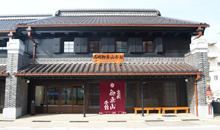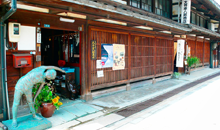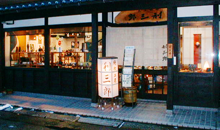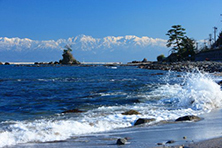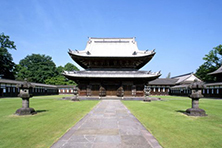Gorgeous Mikurumayama floats showcase outstanding artisanal skills
In 1588, Toyotomi Hideyoshi, the ruler of Japan, presented to Toshiie, the first Maeda Lord of Kaga Domain, the ceremonial court carriage he rode when visiting members of the Imperial Household. In 1609, around the time of the construction of Takaoka Castle, second-generation Lord Toshinaga, the town father, bestowed the vehicle on the townspeople of the castle town, and so began the history of Mikurumayama floats.
In the name, mi is an honorific, kuruma means car, and yama refers to the high central pole with its umbrella like decoration. During the spring festival of Takaoka Sekino Shrine, annually on May 1, gorgeously decorated using metalworking, lacquering, woodcarving, dyeing and other living artisanal skills of the townspeople, these floats set out in procession through the city’s thronging streets.
In 2016, recognized as one of the notable "Yama, Hoko, Yatai, float festivals in Japan," Takaoka Mikurumayama Festival was inscribed as UNESCO Intangible Cultural Heritage of Humanity.


